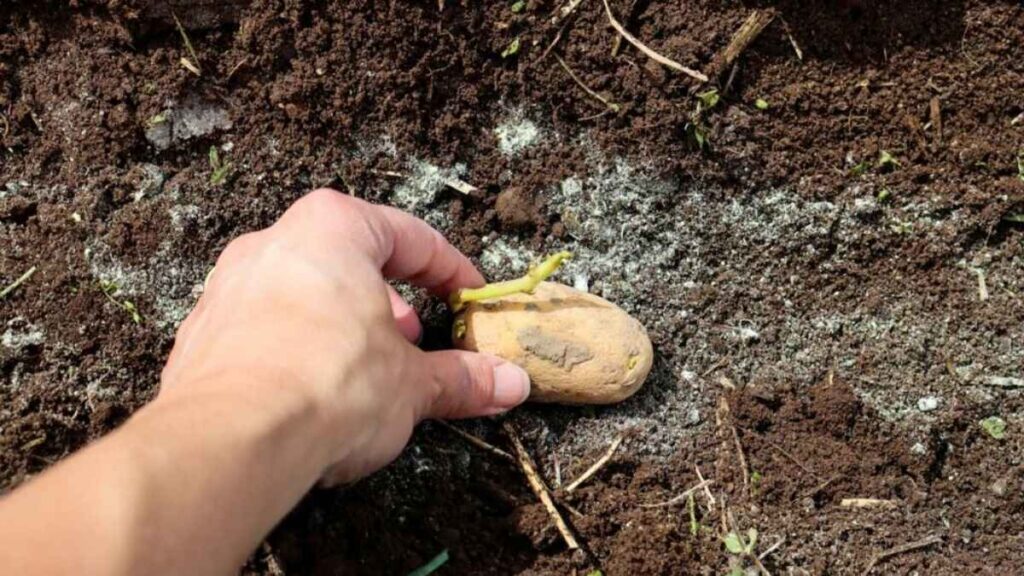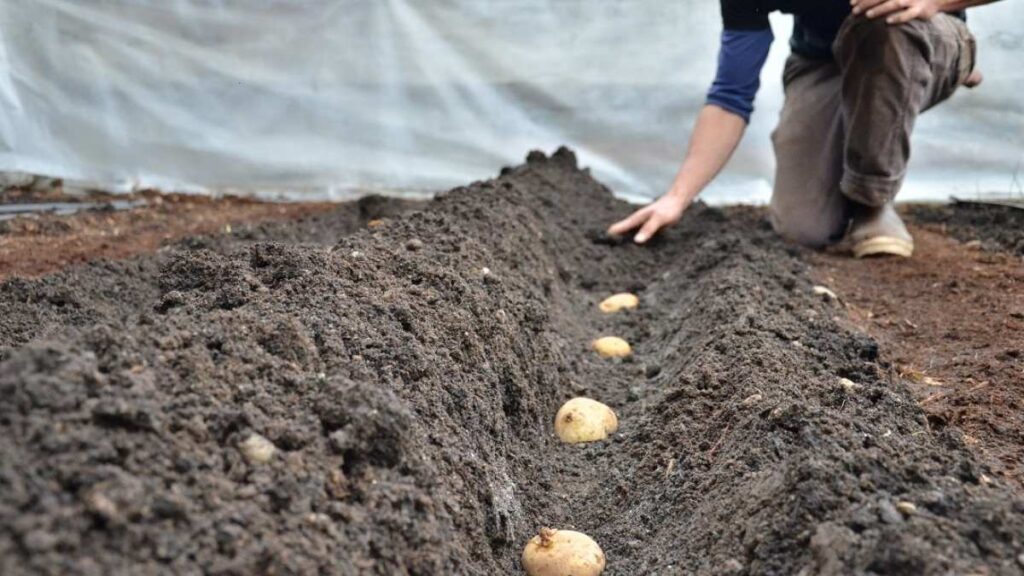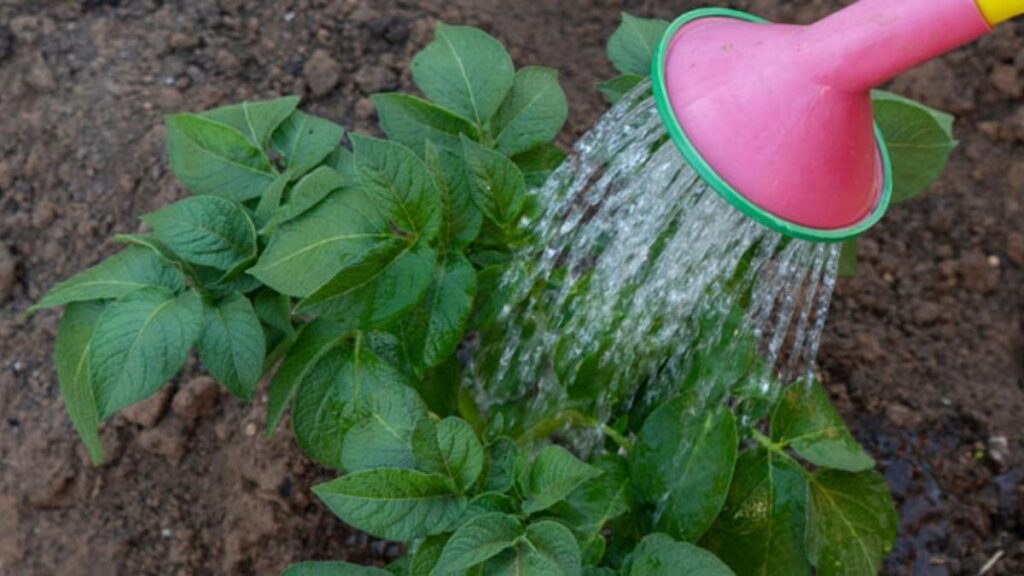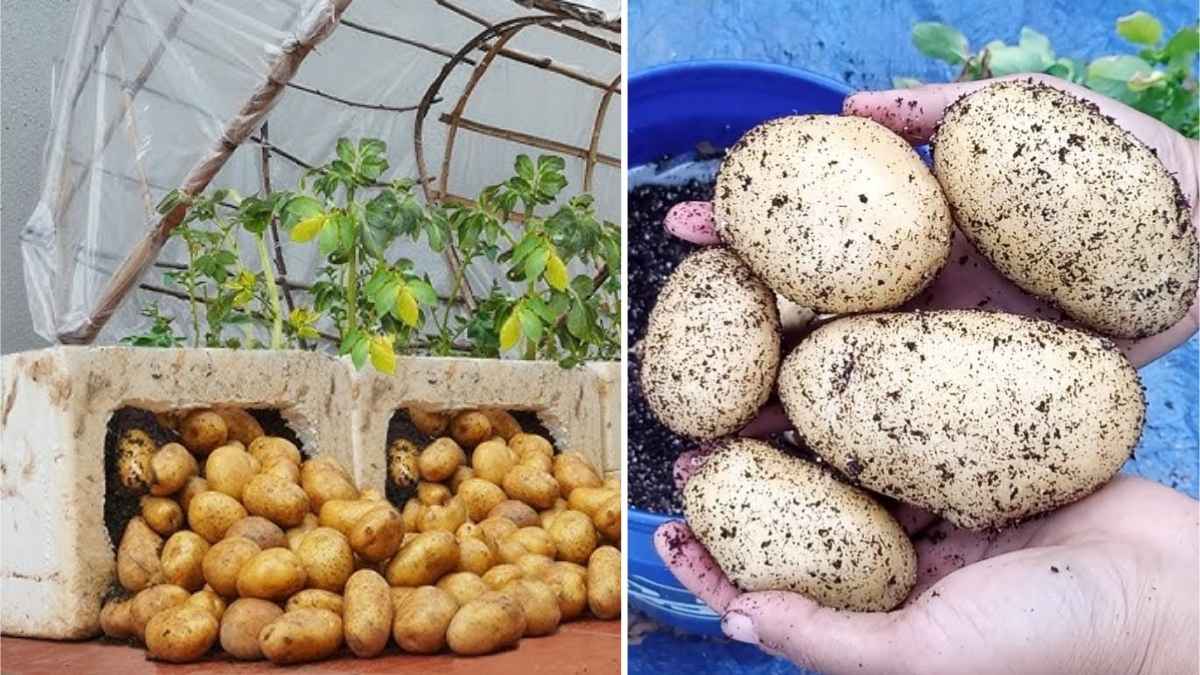Growing potatoes in a greenhouse is one of the easiest ways to enjoy clean, abundant, and early harvests no matter what the season looks like outside. Potatoes are hardy by nature, but when you provide them with the stable warmth and controlled environment of a greenhouse, their growth becomes faster, healthier, and more predictable. Whether you are planning your first greenhouse garden or looking to improve your current setup, understanding the right methods can turn a simple greenhouse into a reliable potato-producing space.
This guide explains how to grow potatoes inside a greenhouse from preparation to harvest in a clear, practical, and beginner-friendly way.
Preparing the Greenhouse Environment
A greenhouse allows you to extend the potato-growing season well beyond traditional outdoor limitations. Before planting, make sure the space is clean, ventilated, and ready for containers or grow beds. Potatoes prefer temperatures between 15 and 24 degrees Celsius, so keeping your greenhouse stable within this range encourages strong root development and smooth tuber formation.
Good airflow is equally important. Fresh air helps control humidity, reduces fungal risks, and keeps the plant foliage dry. If your greenhouse tends to trap heat, simple vents or small fans can make a noticeable difference. Since potatoes need plenty of sunlight, choose a spot in the greenhouse where natural light reaches the area for most of the day.
Choosing the Right Potato Varieties

Not all potatoes grow the same way in protected environments. Some varieties perform exceptionally well in greenhouses because they mature early, resist diseases, or stay compact. Early and second-early varieties are ideal because they grow quickly and fit well within container systems. Popular choices include Rocket, Swift, Charlotte, and Maris Peer.
You can also experiment with maincrop varieties if your greenhouse is large enough or heated during cooler months. Just remember that longer-season potatoes need more space and time, which may not always be practical for smaller greenhouse setups.
Preparing and Sprouting Seed Potatoes

Sprouting or chitting the seed potatoes before planting gives them a strong head start. Place them in a cool, bright place for two to three weeks until small, sturdy shoots appear. This step ensures faster establishment once planted and often leads to earlier harvests.
Always choose certified seed potatoes to reduce the risk of pests and diseases. Inspect each one for firmness and healthy skin. Soft, damaged, or heavily wrinkled potatoes should not be planted, as they may carry problems that spread to your greenhouse soil.
Selecting Containers and Soil
Growing potatoes in containers inside a greenhouse is both convenient and efficient. Bags, buckets, wooden crates, and raised beds all work well as long as they are at least 30 to 40 centimeters deep. Deep containers allow enough room for tubers to expand comfortably.
Use a loose, fertile, and well-draining soil mix. A blend of garden soil, compost, and a small amount of sand creates an ideal texture. Potatoes thrive in slightly acidic soil, so avoid adding materials that increase alkalinity. Light soil allows tubers to grow without distortion and prevents rot caused by excessive moisture.
Planting Potatoes the Right Way

Fill your container with about one third soil and place the chitted seed potatoes on top with the sprouts facing upward. Cover them with another layer of soil and water lightly. As the plants grow, continue adding soil around the stems in a process called earthing up. This protects developing tubers from sunlight and encourages the plant to form more potatoes along the buried stems.
Space each seed potato well so the roots do not compete for nutrients. In containers, two to three seed potatoes are usually enough unless the container is especially large. Overcrowding leads to smaller yields and can make disease management more difficult.
Watering and Feeding the Plants

Inside a greenhouse, potatoes benefit from a consistent watering schedule because the environment tends to dry out more quickly than the open garden. Keep the soil evenly moist but never waterlogged. Too much water encourages rot, while too little causes small or misshapen tubers. A simple rule is to water thoroughly when the top layer of soil feels dry.
Feeding the plants helps maintain vigorous growth. Use a balanced organic fertilizer or seaweed feed every two to three weeks. Potatoes especially appreciate potassium-rich nutrients, which support tuber growth and overall plant strength. Avoid high-nitrogen formulas as they promote leafy growth at the expense of the potatoes underground.
Managing Pests and Diseases
A greenhouse can reduce many outdoor pest issues, but some problems may still appear. Keep an eye out for aphids, whiteflies, and spider mites. These pests spread quickly indoors, so early detection is important. Washing the leaves with mild soapy water or using organic insect controls usually keeps them under control.
Diseases like blight are less common inside a greenhouse because the environment is more controlled, but high humidity can still create ideal conditions. Good ventilation, moderate watering, and regular inspection help prevent these issues. Remove any yellowing or diseased leaves immediately to protect the rest of the crop.
Harvesting Your Potatoes

Greenhouse-grown potatoes often mature earlier than outdoor crops. For early varieties, you can begin harvesting when the plants flower, usually ten to twelve weeks after planting. Gently dig into the soil to check for size and take only what you need. This method allows the remaining potatoes to keep growing.
Maincrop varieties take longer and are ready once the foliage begins to yellow and die back. Allow the potatoes to sit in the soil for a few extra days if conditions are dry, as this helps firm up the skins for storage.
Final Thoughts
Growing potatoes in a greenhouse brings the joy of fresh harvests almost any time of year. With the right combination of containers, soil, sunlight, and care, you can enjoy reliable yields in a protected environment free from unpredictable weather. The process is simple, rewarding, and perfect for gardeners who want greater control over their food production. By following these steps, you can turn even a small greenhouse into a productive potato patch that supplies delicious homegrown harvests for months.



